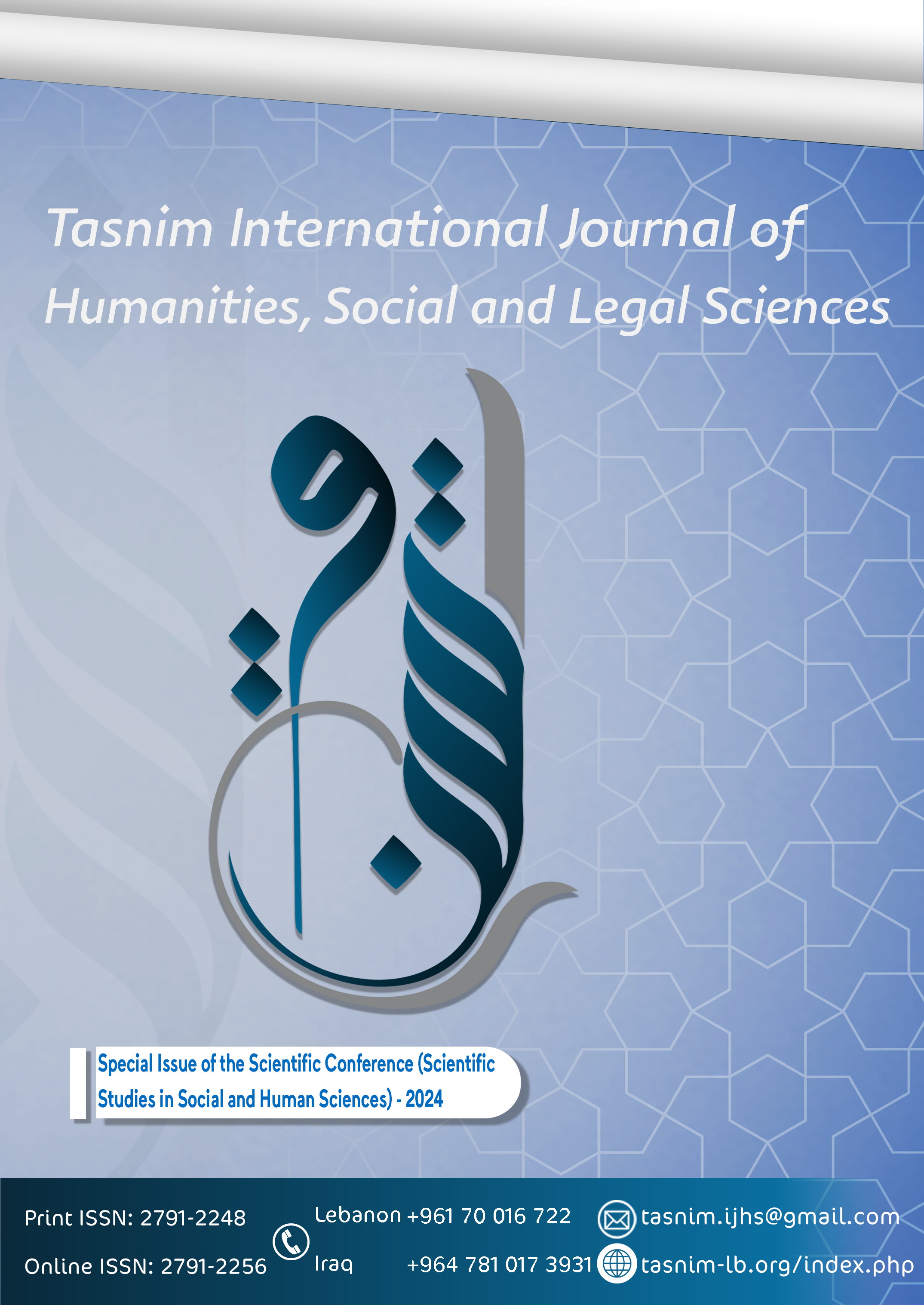Child Rights in Islamic Law and the Amended Iraqi Personal Status Law of 1959 (From Before Birth to the Age of Two)
DOI:
https://doi.org/10.56924/tasnim.s2.2024/9Keywords:
child, Sharia, law, rights, fetusAbstract
This research aims to highlight the rights of the child in Islamic law and the amended Iraqi Personal Status Law of 1959 across three different stages: the pre-marriage stage, the stage of fetal development, and the stage after birth up to the age of two years. This is because the rights of the child in both Islamic law and secular law do not begin only after birth; rather, the child should enjoy rights at various stages before birth. Therefore, we find that religious texts emphasize the necessity of creating a stable family environment for the child before marriage by encouraging young people to carefully choose their life partner based on religion and ethics. After marriage and the conception of the fetus, Islamic law and secular law recommend preserving the life of the fetus and ensuring that the mother's environment is stable and comfortable for the child's development. This can be achieved by maintaining the mother's physical and psychological health, as the deterioration of the mother's health harms the fetus. After birth, once again, religious and legal texts protect the rights of the child and emphasize the full importance of their rights both materially and morally. In this research, a comparative descriptive-analytical approach was used. The content of the research has been divided into three different sections, each devoted to discussing the most important rights and needs of the child during the three stages mentioned above. In the end, the conclusion and results are presented.
Downloads

Downloads
Published
How to Cite
Issue
Section
License
Copyright (c) 2024 Tasnim International Journal for Human, Social and Legal Sciences

This work is licensed under a Creative Commons Attribution-NonCommercial-NoDerivatives 4.0 International License.




